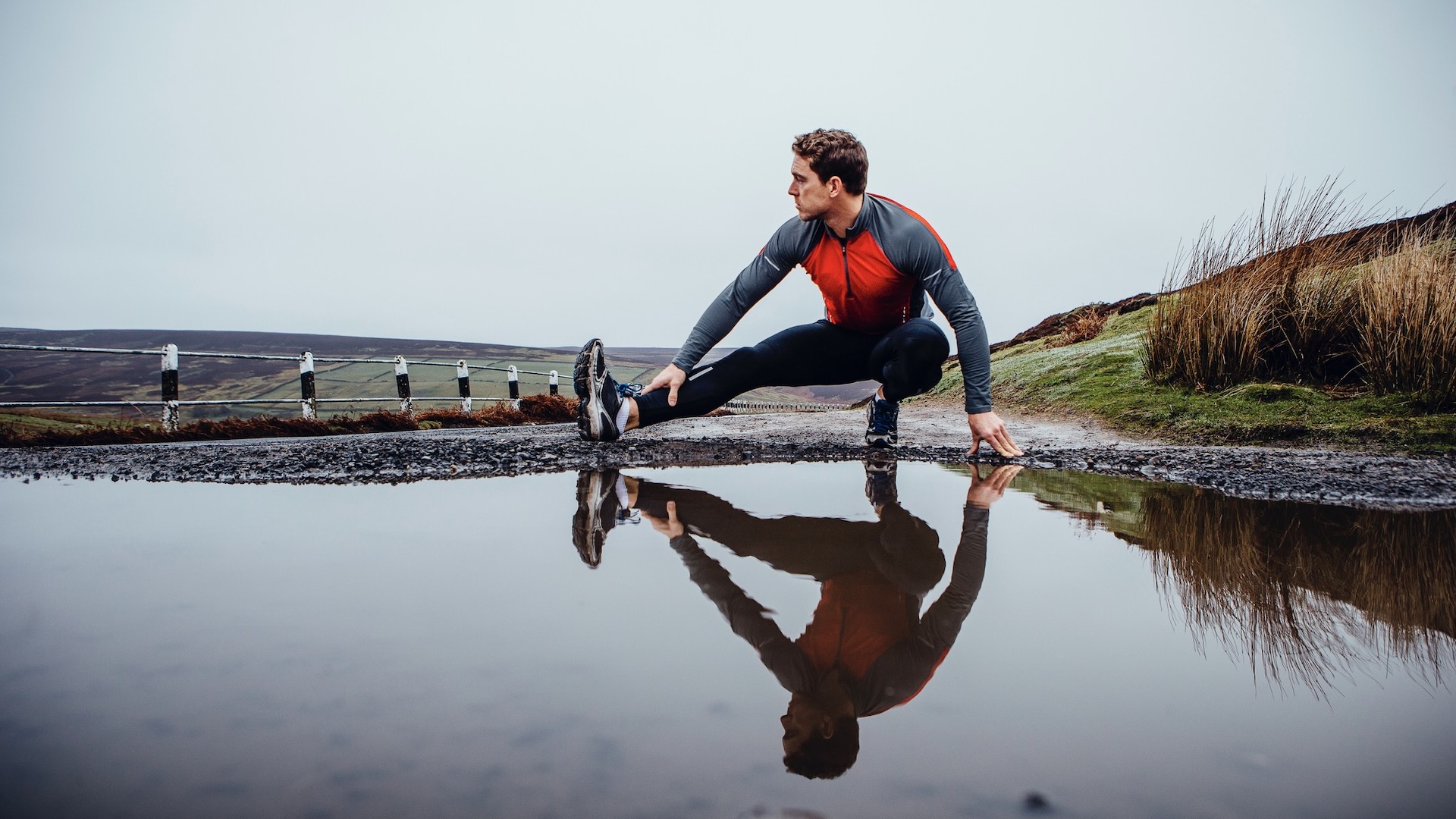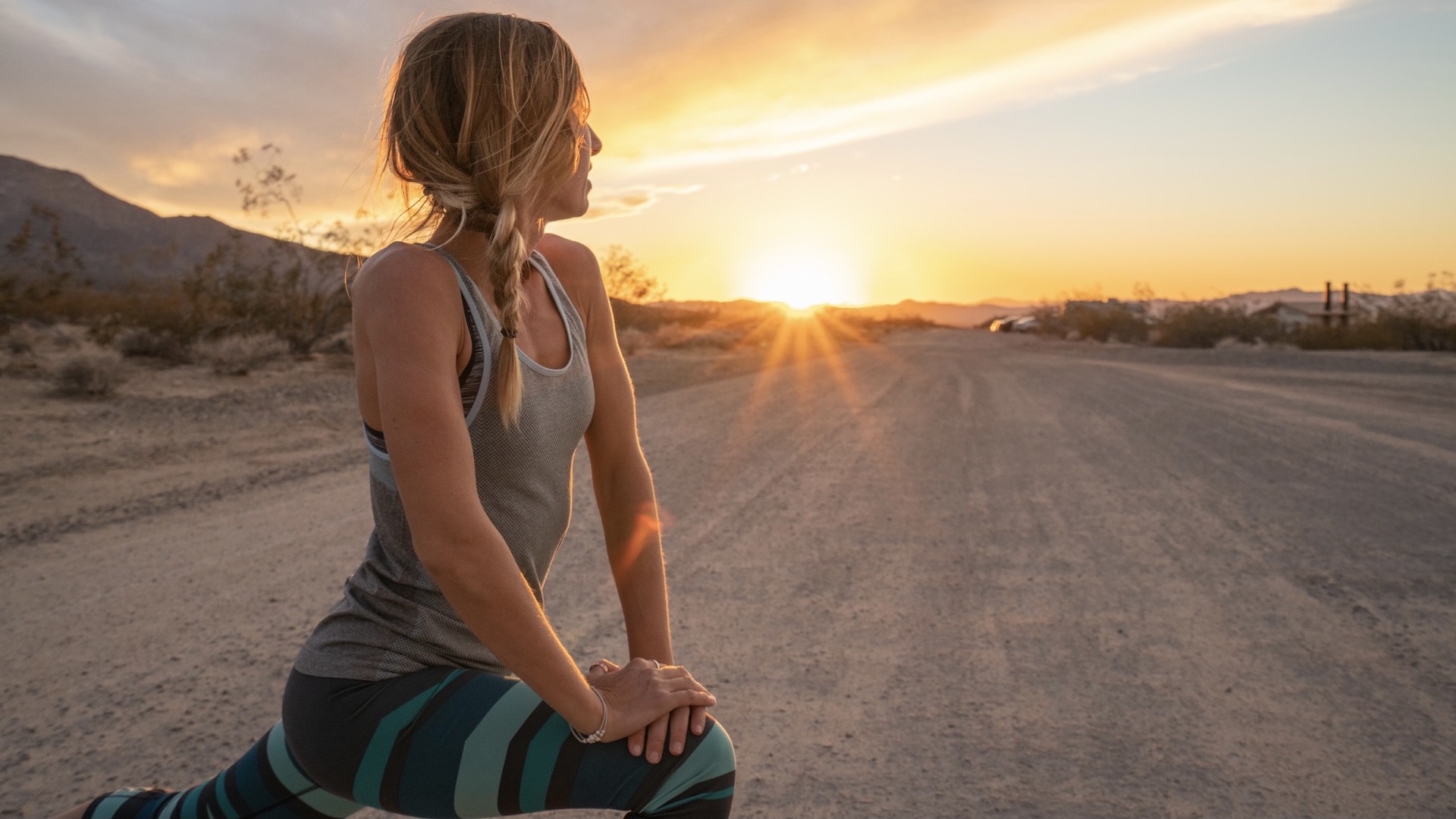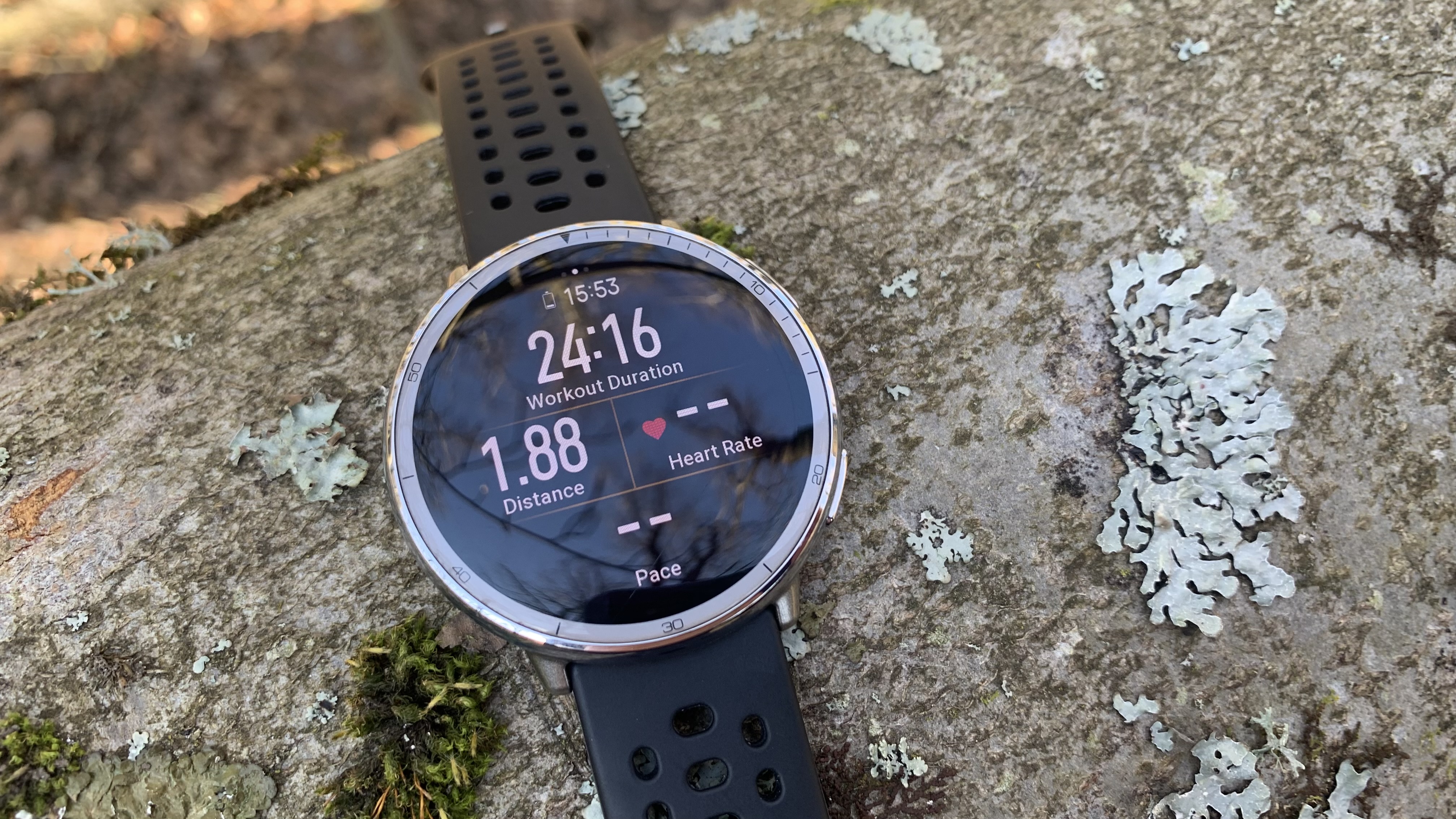Stretching before or after running – which is more beneficial?
A guide to running and stretching: when, why, for how long and do I actually need to?

Traditional theory has it that runners who are more flexible are less prone to injury, but is stretching before or after running more beneficial?
The wisdom is that stretching muscles and “loosening up” before a run helps you to run faster and aids the prevention of muscle tears and strains.
The same goes after running: “stretching off” muscles helps to keep runners in good shape and, again, more flexible for future running.
But, it has been shown that the conventional style of static stretching before a run could actually cause injury and decrease performance potential.
Take a look at a study by the US public health agency CDC that reveals that static stretching has no effect on injury rates. The suggestion is you don’t need to be more flexible to help with injuries.
Moreover, some experts claim that working on flexibility pre-run can lead to reduced performance because runners require muscle tension so that their legs work. This is rather like a taut spring. If you have a weak - or more flexible – spring, the result will be a slower runner.

Stretching for runners: mobility not flexibility
Rather than thinking about flexibility and the benefit of stretching before a run, it’s worth changing the word to mobility.
Advnture Newsletter
All the latest inspiration, tips and guides to help you plan your next Advnture!
Flexibility describes a high range of motion of the joints, such as when you touch your toes or do the splits, while mobility refers to the ability of a runner to move through a normal range of motion but with strength.
Mobility allows us to sprint, run easily on rough trails and jump over obstacles.
This is why sports coaches now recommend a dynamic warm-up exercises rather than static stretches before running.
Dynamic warm ups include drills and exercises such as skips, high knees, lunges, side stepping and hurdle movements.
If you move the body through a range of dynamic warm-up exercises it will improve a runner's mobility and, in turn, this will help to improve performance whatever pace you are running at.
In addition to dynamic exercises before a run, you can improve mobility by foam rolling. Again this is a theory, but it’s claimed by sports experts that massaging the legs will aid muscle recovery and improve range of motion.

So should I stretch after a run then?
Stretching the muscles is so entrenched in the routine of many runners that they find it difficult to give it up. For so long, runners have believed that stretching before or after running is a useful part of a runner’s routine or good for injury prevention.
The best time to do stretching is after a run, but only if it feels good to do so. There are no known drawbacks to stretching after a run but the advice is that you don’t overdo it.
It’s suggested that a stretch on each major running muscles of between 30 to 60 seconds is a good way to finish a run. The muscles to pay attention to are quads, glutes, hamstrings, hip flexors and calves.
But for most runners, a moderate-style static stretching routine acts as a post-run cool down and relaxation exercise.
And, if you don’t enjoy stretching, there is no one forcing you to do it. The general consensus of modern sports coaching experts is that stretching is not vital for good performance or to avoid injury.
The best way to enhance your running pace or to avoid injury is through the careful build up by following a running training plan. This includes working on running technique, as well as ensuring good recovery and rest between runs.
Another asset for runners is regular strength and conditioning, rather than simply doing static stretches.
In fact, stretching after running can be replaced by a cool-down jog so that when you come to a rest your muscles have cooled down gently and naturally.

Fiona Russell is a widely published adventure journalist and blogger, better known as Fiona Outdoors. She is based in Scotland and is an all-round outdoors enthusiast with favorite activities including trail running, mountain walking, mountain biking, road cycling, triathlon and skiing (both downhill and backcountry). Aside from her own adventures, Fiona's biggest aim is to inspire others to enjoy getting outside and exploring, especially through her writing. She is also rarely seen without a running skort! Find out more at Fiona Outdoors.
